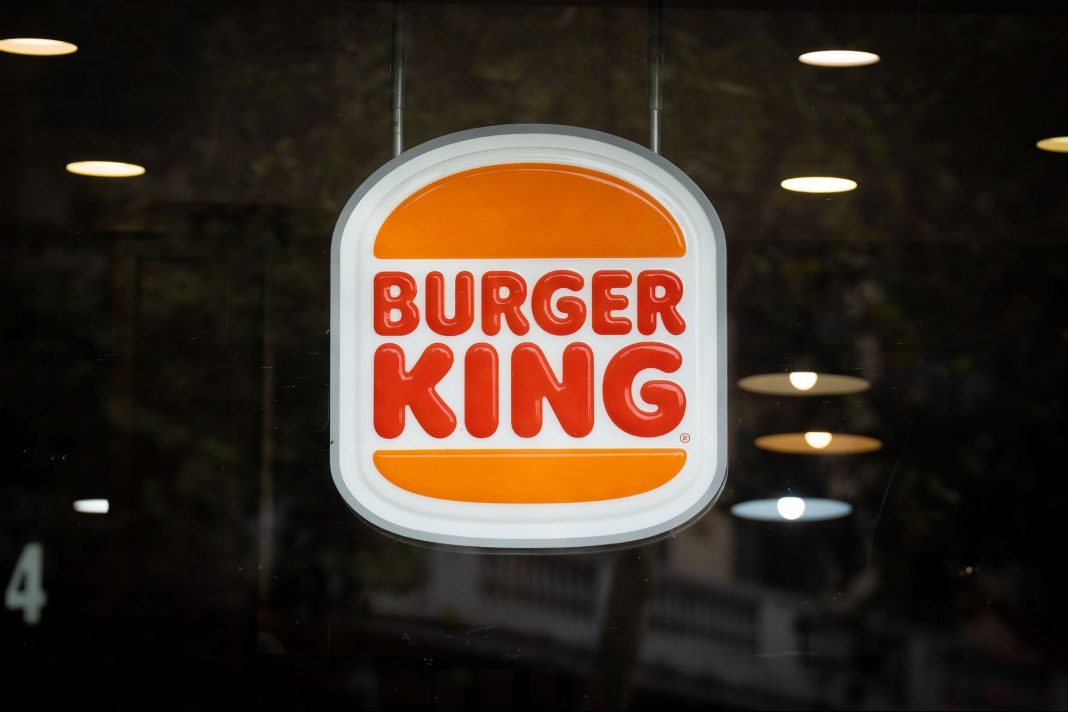Restaurant Brands International (RBI), the parent company of Burger King, announced earlier this week it will acquire its largest U.S. franchisee, Carrols Restaurant Group, for $1 billion. This deal includes a $500 million investment to renovate more than 1,000 Carrols-owned Burger King locations. The move is a strategic part of Burger King’s “Reclaim the Flame” initiative, aimed at boosting sales and brand revitalization.
The initiative involves a total investment of $400 million over two years in technology upgrades, kitchen remodeling, advertising and digital enhancements, with additional franchise contributions. This aggressive push seeks to reposition Burger King in the fast-food market following setbacks, particularly during the pandemic. Whether or not RBI’s strategy succeeds remains to be seen, but Burger King is not the first fast food giant to undergo an overhaul. Here’s a look at some recent rebrands in the franchise space to gauge the potential success of Burger King’s latest efforts.
Applebee’s
Applebee’s underwent a rebranding in the mid-2010s, which included revamping its menu, updating the interior design of its restaurants and launching new marketing campaigns. The rebrand was part of an effort to attract millennials and reverse declining sales. Applebee’s executive John Cywinski told investors in 2017 that the company hoped the effort would attract a new kind of customer, aiming to lure “a more youthful and affluent demographic with a more independent or even sophisticated dining mindset, including a clear pendulum swing towards millennials.”
It didn’t work. Sales dropped 6% the year following the start of the initiative, as the targeted millennials did not materialize, and the new menu and new restaurant look alienated its previous customer base. By 2018, Applebee’s had brought back several favorite menu items and largely removed the new items in an effort to get back to its roots. However, the franchise continues to close locations.
Domino’s Pizza
In 2010, Domino’s Pizza undertook a significant rebrand following the hiring of CEO Patrick Doyle, which included a complete overhaul of its pizza recipe and a marketing campaign featuring Doyle listening to withering criticism of Domino’s food and promising the chain would do better.
The bold and transparent approach, showcasing a willingness to address and improve upon the company’s customer service failures, resonated strongly with consumers. The rebrand was a turning point for the company and resulted in a significant increase in sales.
Related: How to Tell if Rebranding is Right For Your Business
Dunkin’ Donuts to Dunkin’
In 2019, Dunkin’ Donuts simplified its name to Dunkin’, reflecting its broader focus on beverages and other products beyond donuts. This change was part of a larger rebranding strategy to modernize the company’s image and appeal to a broader range of customers. The strategy peaked when the brand partnered with Dunkin’ aficionado Ben Affleck for a Super Bowl commercial in 2023. “We ran it once and got seven billion media impressions, and it kind of kickstarted the year,” says Dunkin’ president Scott Murphy.
These efforts landed Dunkin’ at No. 6 on Entrepreneur’s 2024 Franchise 500 List, but Murphy insists Dunkin’ is still true to its roots. “The brand must constantly introduce itself to a new generation of coffee drinkers,” he says, “but without ostracizing the 82-year-old who wants a decaf coffee and a corn muffin.”
Kentucky Fried Chicken to KFC
Originally Kentucky Fried Chicken, the franchise was rebranded KFC in 1991 to shorten the name and place less emphasis on the “fried” aspect of the product. Other notable changes include revamping its menu to include more healthful options and updating its marketing campaigns to appeal to younger audiences.
Moreover, the rebranding helped KFC streamline its global brand image. The shorter name was easier to use and recognize internationally, aiding the company’s expansion and marketing efforts outside the United States.
The brand occasionally brings back the character of its founder, Colonel Sanders, as a marketing tool, with a varied cast of celebrities, including Rob Lowe, Ray Liotta, Reba McEntire and Jason Alexander playing the Colonel.
Related: Burger King hopes remodeling and revamping the Whopper will bring customers to stores.
McDonald’s
Although McDonald’s has maintained its core branding, it has made significant changes to its menu — McPizza, anyone? — store design and marketing strategies over the years. These changes, which include a greater focus on more healthful options and digital technology, are part of an ongoing effort to stay relevant in a changing fast-food industry.
The introduction of menu items like salads, fruit options, and, more recently, plant-based offerings, along with modernized, tech-friendly store layouts, have been vital in attracting a broader customer base. The strategy is working, as evidenced by McDonald’s sustained market leadership and adaptability in the face of evolving consumer preferences and industry trends.
Pizza Hut
Pizza Hut has rebranded several times over the years. Notably, in 2014, it introduced a new menu with a variety of crust flavors and premium ingredients to appeal to a more diverse customer base and compete with fast-casual pizza chains called ‘Flavors of Now.’ The result was disastrous, with a 3.5% drop in sales at its top franchise in the first quarter.
“Unfortunately, the new ‘Flavors of Now’ positioning did not deliver the sales momentum that we had anticipated,” Jim Schwartz, president and CEO of NPC, which operates 1,277 Pizza Hut restaurants, told Nation’s Restaurant News in 2015.
Adapt or Die
These diverse case studies from the fast/casual food industry highlight a critical lesson: the success of a rebranding effort hinges on a deep understanding of market dynamics and evolving consumer preferences. Applebee’s struggle to attract millennials, Domino’s triumph in reinventing its product and image and Dunkin’s strategic shift to a broader product portfolio all serve as valuable lessons in the delicate balance of maintaining brand identity while innovating to meet market expectations.
As Burger King invests heavily in its “Reclaim the Flame” initiative, the outcome will be a testament to the power of strategic rebranding in the dynamic world of fast food. The outcome of this initiative will not only impact Burger King’s market position but also offer valuable insights into the effectiveness of large-scale rebranding in this fast-paced, ever-evolving sector. RBI/Burger King’s efforts to reposition itself, drawing lessons from both its successes and setbacks, could set a precedent for how legacy brands can adapt and thrive in a market that continually demands innovation and responsiveness to consumer needs.




